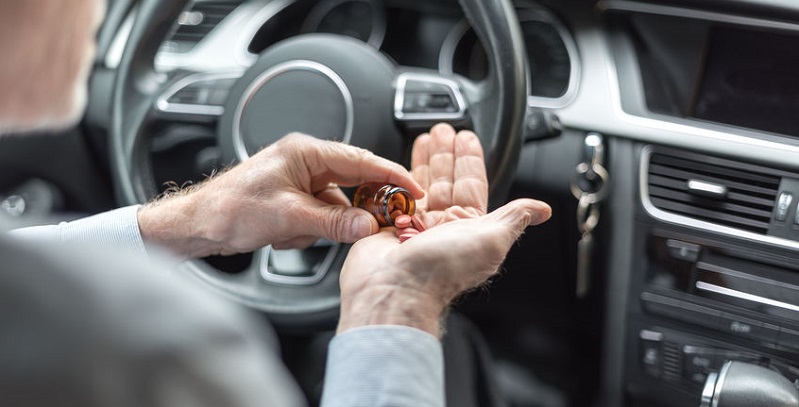Federal officials are working with states to find a way to reduce driving while under the influence of prescription or nonprescription drugs.
Will federal grants help reduce drug-impaired auto accidents?
For decades, safety and law enforcement officials have worked together to combat drunk driving, and the collaboration has paid off. Since 1982, the number of fatal traffic accidents due to intoxicated drivers has decreased by 48%. While that is great news, there continues to be a serious issue with impairment involving drugs, both legal and illegal. Drugged driving puts everyone at risk, and several states are now getting some added help to curtail this serious situation.
Federal Grants Support Law Enforcement
The National Highway Traffic Safety Administration (NHTSA), working with the Governors Highway Safety Association (GHSA), recently awarded $100,000 in grants to law enforcement officials in several states combating the issue of drugged driving. This grant allocation was followed by a recent federal summit for stakeholders to further a national dialogue on what can be done to stop drug-impaired drivers.
A GHSA study in 2016 showed that 44 percent of fatally injured drivers with known results tested positive for drugs; that was up from 28 percent a decade earlier. In addition, more than half of those killed tested positive for two or more drugs, not including alcohol, which was often present as well. As Ralph Blackman, President and CEO of Responsibility.org said:
“Alcohol-impaired driving and drug-impaired driving can no longer be treated as separate issues. Drunk driving, which was involved in 28% of 2016 traffic fatalities, remains a critical issue; however, to curb impaired driving, we have to think about the combination of substances drivers are often putting into their systems at the same time.”
What is making the issue of drug-impaired driving even more critical is the ongoing opioid crisis. According to the National Institute on Drug Abuse, 130 people a day die in the United States from an opioid overdose. In 2016, eight states registered more than 27 deaths per 100,000 people due to an overdose. Here in Colorado, there were 9.5 deaths per 100,000 people due to an overdose. What makes this extremely serious problem even worse is that many of those taking opioids or some other drugs are getting behind the wheel and driving while under the influence, and that is just as dangerous as drinking and driving. For instance, when driving:
- Marijuana slows down reaction time and impairs judgment of distance and time.
- Cocaine can cause a person to be aggressive and reckless.
- Certain sedatives can cause dizziness and lead to drowsy driving.
Officials say the federal grants will help law enforcement train more officers to recognize the signs of a drug-impaired driver with the goal of substantially decreasing the number of fatal auto accidents.
Drugged Driving Affects Motorists of All Ages
As drivers age, drug use changes. Research into fatal crashes shows that cannabinoids, depressants, and stimulants are found most often among young drivers starting at age 17. As drivers age, those uses decrease, and other drugs, such as over-the-counter medicines and prescription medications, become more prevalent.
According to the American Automobile Association (AAA), two-thirds of people 65 and older take more than five medications a day. Prescribed medications can have serious side effects, such as visual perception and delayed reaction impairment, and those effects can seriously interfere with a person’s ability to drive safely. As one NHTSA official noted, “If a driver feels different, they will drive different,” and that can be dangerous.
Those starting a new medication need to know how it impacts them before getting behind the wheel. Refrain from driving until you are sure there are no side effects that will affect your safe operation of the vehicle.

